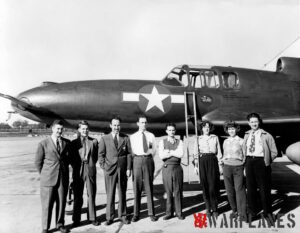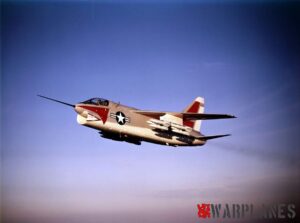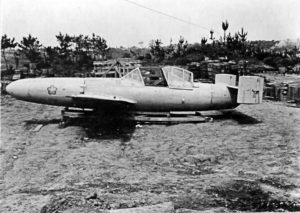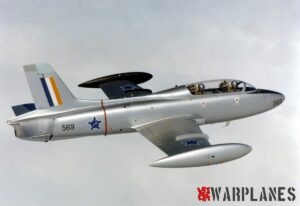Vanneau history
Already shortly after the armistice of 1940, the French Morane Saulnier design department, housed at Tarbes-Ossun in the South-West part of non-occupied France started with the design and development of an advanced fighter trainer. Chief engineer Gaultier designed this new trainer as the MS.470. However, work progressed at a slow pace and the first flight with this new type, named the Vanneau (pewit or lapwing) took place in December 1945. It was fitted with a Hispano-Suiza 12X liquid-cooled in-line engine of 690 hp and only one single prototype of the initial version was built. Following the discovery of a batch of new air-cooled radial Gnome & Rhone 14M engines of 570 hp, it was decided to replace the original liquid-cooled engine by the air-cooled radials. The re-designed type designation was MS.472. Of this version, a total of 233 was built and supplied as new equipment to the Armée de ‘Air. A slightly modified version was also produced for the Aéronaval as the MS.474. In total, 71 were built of this version.
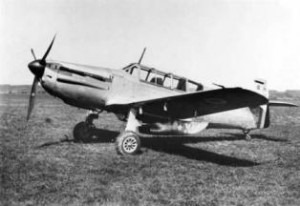 However, the most powerful version was the MS.475, fitted with a down-rated Hispano-Suiza 12Y-45 of 860 hp. It made its first flight on August 8; 1947.This version is also the object of the 1/48 scale model kit released by the French Fonderie Miniature!
However, the most powerful version was the MS.475, fitted with a down-rated Hispano-Suiza 12Y-45 of 860 hp. It made its first flight on August 8; 1947.This version is also the object of the 1/48 scale model kit released by the French Fonderie Miniature!
In total 201 were produced. They became operational in 1954, mostly as an advanced trainer for reserve pilot officers in France and North Africa and were used for many years.
The last version was the MS.477 with a Renault 12S-02 of 495 hp, of which only one was built.
Technical details of the MS.475
Wingspan: 10.65 m
Length: 9.04 m
Height: 3.62 m
Wing area: 17.30 m2
Empty weight: 2300 kg
Loaded weight: 3220 kg
Maximum speed: 465 km/h at 5000 m
Climb to 5000 m: 8 min. 20 sec.
Service ceiling: 9200 m
Range: 1200 km
Armament: 2 MAC 34 M39 machine guns of 7.5 mm (although guns were not always fitted!)
Nico Braas
Photos: Nico Braas Drawings: Jens Baganz
Remark:
All Morane Saulnier pictures shown here are original works photographs from Nico Braas collection. The photo showing the MS.470 prototype is originally a very rare color shot. Unfortunately the colors have not survived over the time and the results are now not more than sepia tints!









